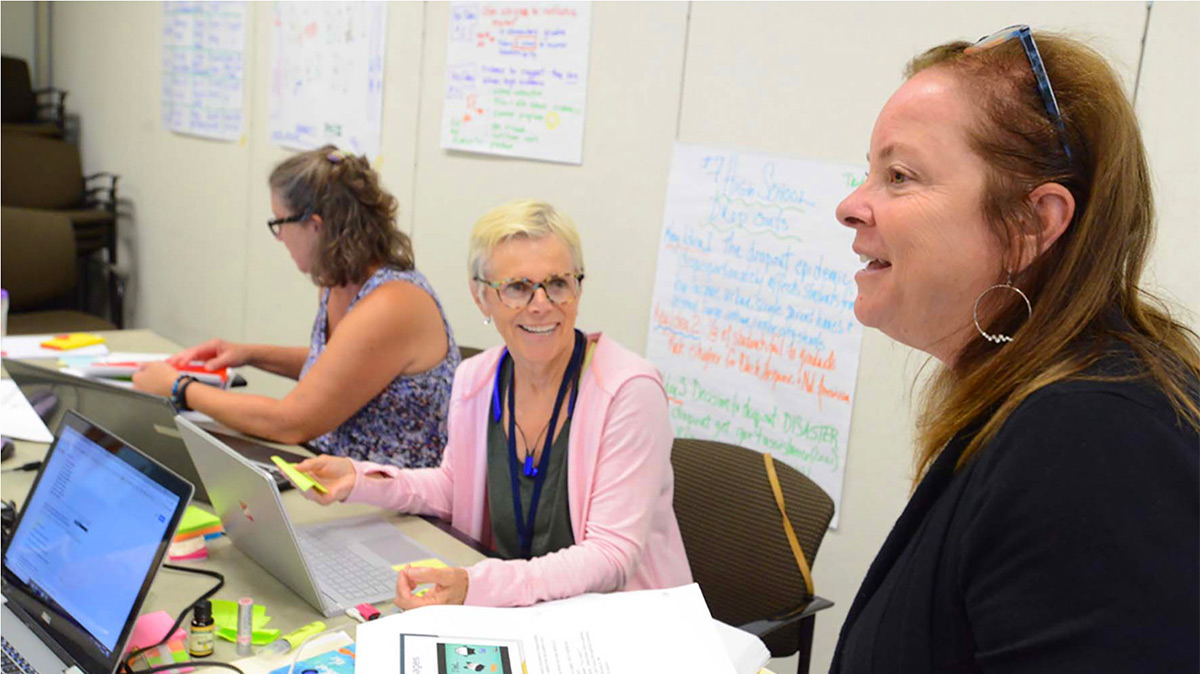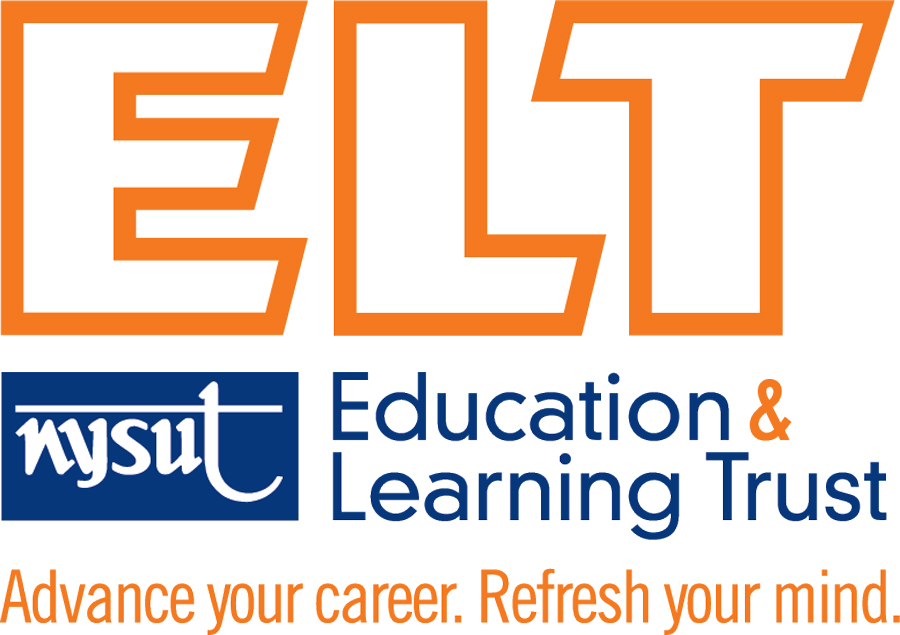Teachers head back to school with new tools from ELT
he best educators are also lifelong learners. Many educators hit the books this summer with help from NYSUT’s Education & Learning Trust, the union’s professional development and learning arm.
“ELT’s courses combine top-shelf knowledge with maximum flexibility so that all educators can get the training they need to succeed in today’s demanding school environment,” said NYSUT Executive Vice President Jolene DiBrango.
These courses give educators new ideas and tools so they can continue to make a real difference for their students. By incorporating the latest teaching and learning standards, the courses also prepare educators for Continuing Teacher and Leader Education and certification requirements.
This summer, the ELT calendar was packed with courses designed to address some of educators’ biggest concerns, like how to effectively manage classrooms and how to integrate technology. The most popular courses also provided answers to some of teachers’ most pressing questions about equity, parent engagement and discipline.
Here are some key takeaways from those ELT courses:
Engaging parents
“Start off with lots of positive notes and calls to parents,” she said. “Invite parents to the school and help them feel a sense of belonging.” Once parents see that you are there to help their child, they will be more open to your input. If a student is struggling, try to be solution-oriented in your conversations with parents, said Wagner, a member of the East Meadow Teachers Association. “Frame it as a challenge you’re both working on together.”
Classroom equity
It is critical, Fiorentino said, for educators to offer all students multiple ways to participate. Sometimes teachers are focused more on the content they’re teaching than the students that are in front of them, Fiorentino noted. “It’s not just about covering all the material; it’s about giving students what they need.”
Behavior management
Understanding why students act out is crucial to stopping it, said Lorna DeSantis, an ELT instructor and member of the Adirondack Central School TA. In her July course, “Behavior Management and Intervention,” DeSantis encouraged educators to analyze the root causes of misbehavior. After years of remote learning, students are having trouble with self-control and working with peers, she said. Teachers are also witnessing an increase in violent behavior among students. Why?

Building a dynamic classroom makes students feel safe, comfortable, and encourages more participation, says ELT instructor Tricia Calise, right, a member of the Middle Country Teachers Association.
Dynamic classrooms

“Classrooms should permit orderly movement, make efficient use of space, keep potential disruptions to a minimum and provide a well-organized area for learning,” Calise said. Creating discrete spaces for different activities can enhance students’ ability to read, work in groups or concentrate. “In a dynamic classroom, students can connect to one another and feel safe in their environment. Learning becomes the priority goal,” Calise said.
ELT coursework is offered year-round and can be used for undergraduate, graduate and in-service credit as well as to fulfill CTLE requirements. For more information, visit elt.nysut.org.